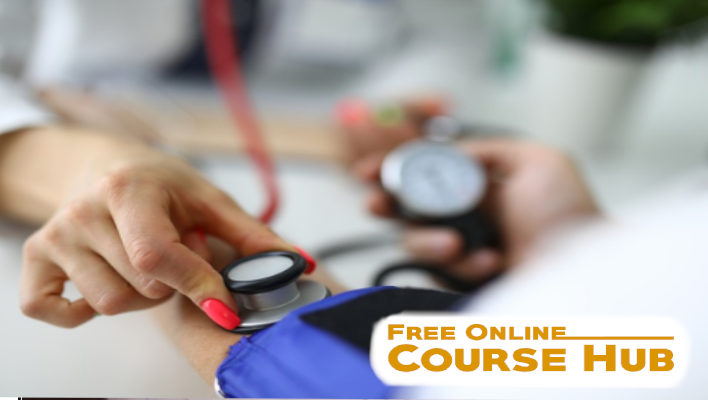Enroll in the Medical Emergencies course
Each the students who sometimes enroll in the emergency medical course have a lesson in expanding their professional skills to the area of general medicine, in which Sara form all processes to dinner now professional ethics training.
Each of the people have the opportunity to learn about the different health services within their region or country, in the body of a person from the most classic aspect such as transferring a patient to a hospital center receiving and dispatching requests for health care among other important aspects in the Medical Emergencies course.
Become an assistant health professional, with ethics and solid theoretical / practical knowledge in pre-hospital care. Be able to make decisions and provide appropriate treatment in pre-hospital care effectively and efficiently in the Medical Emergencies course, at an essential level of support, coupled with an ambulance service or other specialized service.
Understand the importance of the nature and severity of the condition or extent of the injuries to assess the needs for pre-hospital emergency care, administer appropriate emergency medical care based on results of the patient’s condition assessment in the Medical Emergencies course; being able to lift, move, position and manipulate the patient to minimize
Course
Medical Emergencies will identify common medical emergencies that affect children and adults, help you recognize signs and symptoms, and teach you how to provide the appropriate emergency care.
For adults, you will learn to recognize and control chest pain, heart attack, stroke, diabetes problems, seizures, shortness of breath, burns, and allergic reactions. For children, you will also learn about poisoning, fever, childhood illnesses, accident injuries, and signs of abuse in the Medical Emergencies course .
This course focuses on these presentations and is based on a symptom-based approach to review the recognition and treatment of a variety of life-threatening emergencies including anaphylaxis, acute myocardial ischemia, abdominal disease in the elderly, and acute headache.
Goals
- Expand the knowledge related to the basic technical foundations of care in emergencies.
- Develop skills on basic support care for critical patients within the emergency medical system.
- Execution of basic knowledge and skills to develop support services to the highest level personnel before a scene of transfer work.
It should be noted the various areas to study within the course, there is a fairly wide field in which students can learn about the job profiles that they can find, such as basic emergency technicians and paramedics.
Skills and competencies
- Acquire knowledge of the fundamentals of prehospital care.
- Acquire the necessary skills to provide immediate response and initiate care through basic life support on site to critical patients in the pre-hospital emergency environment, until the arrival of the Medical Emergency Systems transport unit.
- Apply the basic knowledge and skills necessary to assist the highest level personnel on the scene during their transfer.
- Carry out interventions with the basic equipment normally found in an ambulance, acting as a link from the scene to the Emergency Systems.
- Acquire basic knowledge in the care of multiple victims accident and triage.

Temary
- Basic concepts of emergency medicine patient care.
- Initial evaluations.
- Immediate, life-threatening conditions.
- Patient management skills.
- Health promotion.
- Communication and Ethics.
- Humanistic qualities.
- Presentation skills.
- Documentation of medical history.
- Information technology.
- Work ethic.
- Professional behavior
- Emergency presentations and common illnesses.
- Cardiovascular Diseases and Presentations.
- Gastrointestinal diseases and presentations.
- Environmental diseases and presentations.
- Related psychiatric illnesses and presentations.
- Headache.
- Respiratory diseases and presentations.
- Shock, sepsis and trauma.
- Endocrine and electrolyte diseases.
- Genitourinary diseases.
- Neurological diseases.
- Common emergency procedures.
Addressed to:
In this course it is aimed at all those dedicated people in the professional area of health and occupational medicine, you can also choose people related to the area of firefighters, civil and criminal protection and administration of rescue, disasters and rescue.
In addition, it is also aimed at all those people who are linked to public or private institutions that have studies related to the areas of emergency management and disaster preventive actions.
You have the opportunity to enroll in the academic training process in the United States that facilitates this type of educational program in the health area so that they can obtain relevant and additional information. You have the possibility of accessing the program through its official web portal or also communications contact +1 703-993-1000 to get to know the different registration processes and also obtain additional information.
